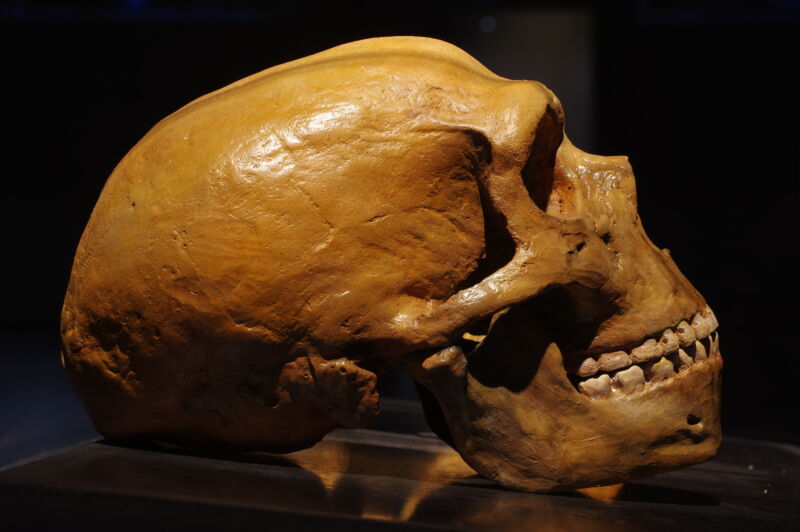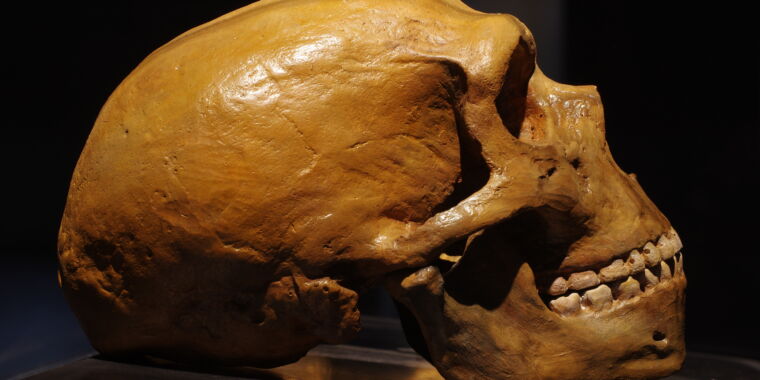
If homo sapiens, we often consider ourselves to be the most intelligent humanoids. But that doesn’t mean our species was the first to discover everything; it seems Neanderthals found a way to manufacture synthetics long before we ever did.
Neanderthal tools may look relatively simple, but new research shows that Homo Neanderthalensis devised a method about 200,000 years ago to make a glue derived from birch tar to hold them together – and it was hard. This ancient super glue bonded bone and stone to wood, was waterproof and did not decompose. The tar was also used for a hundred thousand years before modern man came up with anything synthetic.
A transformation
After studying old tools that contained remnants of this glue, a team of researchers from the Eberhard Karls University of Tübingen and other institutions in Germany found evidence that this glue wasn’t just the original tar; it was somehow transformed. This raises the question of what was involved in that transformation.
To see how Neanderthals could convert birch tar into glue, the research team tried different processing methods. Any suspicion that the tar came directly from birch trees did not hold up because birches do not secrete anything that acts as glue. So what kind of processing was needed?
Every technique tested used only materials that Neanderthals would have had access to. Condensation methods, which involve burning birch bark on cobblestones to allow the tar to condense onto the stones, were the simplest techniques used – getting bark to burn above ground doesn’t really require much thought other than lighting a fire.
The other methods involved a recipe where the bark was not actually burned, but heated after being placed underground. Two of these methods involved burying rolls of bark in cinders that would heat them and produce tar. The third method would distill the tar. Since there was no ceramic during the Stone Age, sediment formed into upper and lower structures to hold the bark, which was then heated by fire. Distilled tar slowly dripped from the superstructure into the substructure.
The subway
The resulting tars were all subjected to chemical and molecular analysis, as well as micro-CT scans, to determine which most closely matched the residue on real Neanderthal tools. Tar synthesized underground was the closest thing to residue on the original artifacts.
“[Neanderthals] distilled tar in a deliberately created underground environment that restricted oxygen flow and remained invisible during the process,” the researchers wrote.. “This level of complexity is unlikely to have been invented spontaneously.”
There was one piece of evidence that made the underground methods stand out. Only the tar produced underground contained a significant amount of suberin, a polymer found in birch bark that was also prominent in the ancient tool remains. There was hardly any suberin in the tar that is produced by burning bark above ground.
“Our results suggest that Neanderthals invented or developed this process from earlier, simpler methods and constitute one of the clearest indicators of cumulative cultural evolution in the European Middle Paleolithic,” the researchers also said in the study. While there is a chance that homo sapiens perhaps Neanderthals showed how to make birch tar, no evidence for this has been found, even though the species are known to overlap and interbreed. The researchers think it’s highly likely that Neanderthals’ abilities were more advanced than many thought. Perhaps “Neanderthal” should no longer be used as an insult.
Archaeological and Anthropological Sciences, 2023. DOI: 10.1007/s12520-023-01789-2 (About DOIs).
Elizabeth Rayne is a creature that writes. Her work has appeared on SYFY WIRE, Space.com, Live Science, Grunge, Den of Geek, and Forbidden Futures. When she’s not writing, she’s transforming, drawing, or cosplaying as a character she’s never heard of before. Follow her on Twitter @quothravenrayne.

